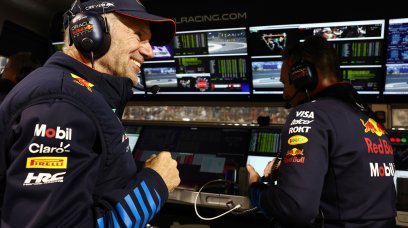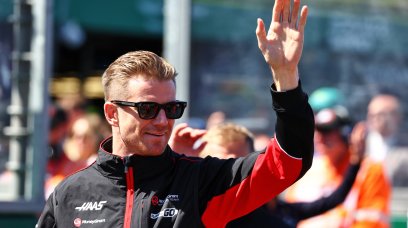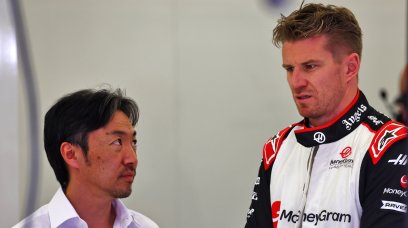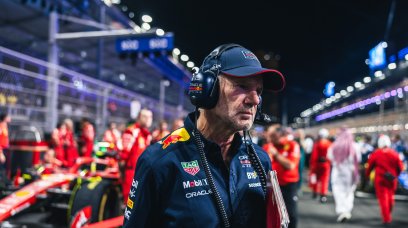After a COVID-19 forced hiatus, Formula 1 finally returns to the streets of Marina Bay this weekend for the Singapore Grand Prix. F1's original night race, Singapore has firmly become a fan and driver favourite, snaking through the city and under motorways as locals continue on with their daily lives. It has created some memorable moments down the years, from the inaugural race in 2008 - the 800th World Championship event - to the famous start line collision in 2017 between Sebastian Vettel, Max Verstappen and Kimi Raikkonen. However, the Singapore Grand Prix is also famous as one of the toughest events of the entire season, with drivers modifying their training regimen to adapt to the unique demands of the track. But why is Singapore so demanding?
Humidity the main factor
Logic would dictate that a night race is cooler as the Sun is not up - but Singapore is about 85 miles from the equator, meaning humidity is high. In September, when the race is usually run (it is on October 2nd this year), humidity in the day is about 96%. That's ok for teams and drivers as they stay on European time, meaning they are asleep during the daylight hours, with Singapore seven hours ahead of Great Britain. At night, when all the sessions are run, humidity falls slightly to 80% or so. Throw in the air temperature, and being surrounded by multiple levels of fireproof Nomex, in a confined space with all sorts of electrical gubbins behind you, and it can get rather toasty in the cockpit, with temperatures rising to around 60 degrees Celsius.
The very nature of the race
At 3.146 miles, Marina Bay is quite a long track, with 23 corners from start to finish. However, the longest straight is just 800m long down Raffles Boulevard - the run from Turns 5-7 - meaning there is little time for the drivers to rest on the straights. The Turn 7 left-hander at the end of Raffles is also the prime overtaking spot on the circuit, meaning a driver has to be careful not to be mugged on the brakes. At 61 laps, the race often passes close to the two-hour time limit for Grands Prix, meaning drivers know they are in for the long haul. In 2013, the famous 'Singapore Sling' chicane was removed, thus making the track faster through its replacement - a fast left-hander.
What the drivers say
Mercedes released a video of George Russell preparing for his second race in Singapore, showing the British driver cycling in sweat catching gear, looking rather tired. Pierre Gasly spoke about his "love" for the "extreme conditions" found in Singapore - which is unique now on the F1 calendar after Malaysia fell away in 2017. However, drivers are fearful of the physical battering they are going to take over the bumps, especially with the new breed of car. "It's going to be very bumpy, and a big challenge for us. [It will be] very physical," said Esteban Ocon. "I love Singapore, but the track itself is not my favourite, I have to say."
1572523931520868355
It’s real sweat. He's a high performance athlete. Athlete's sweat. Sweat baby. Gi gi gi. Rrrrrah. Sweat sweat. pic.twitter.com/WdzVzXWIZb — Mercedes-AMG PETRONAS F1 Team (@MercedesAMGF1) September 21, 2022
Most read



















